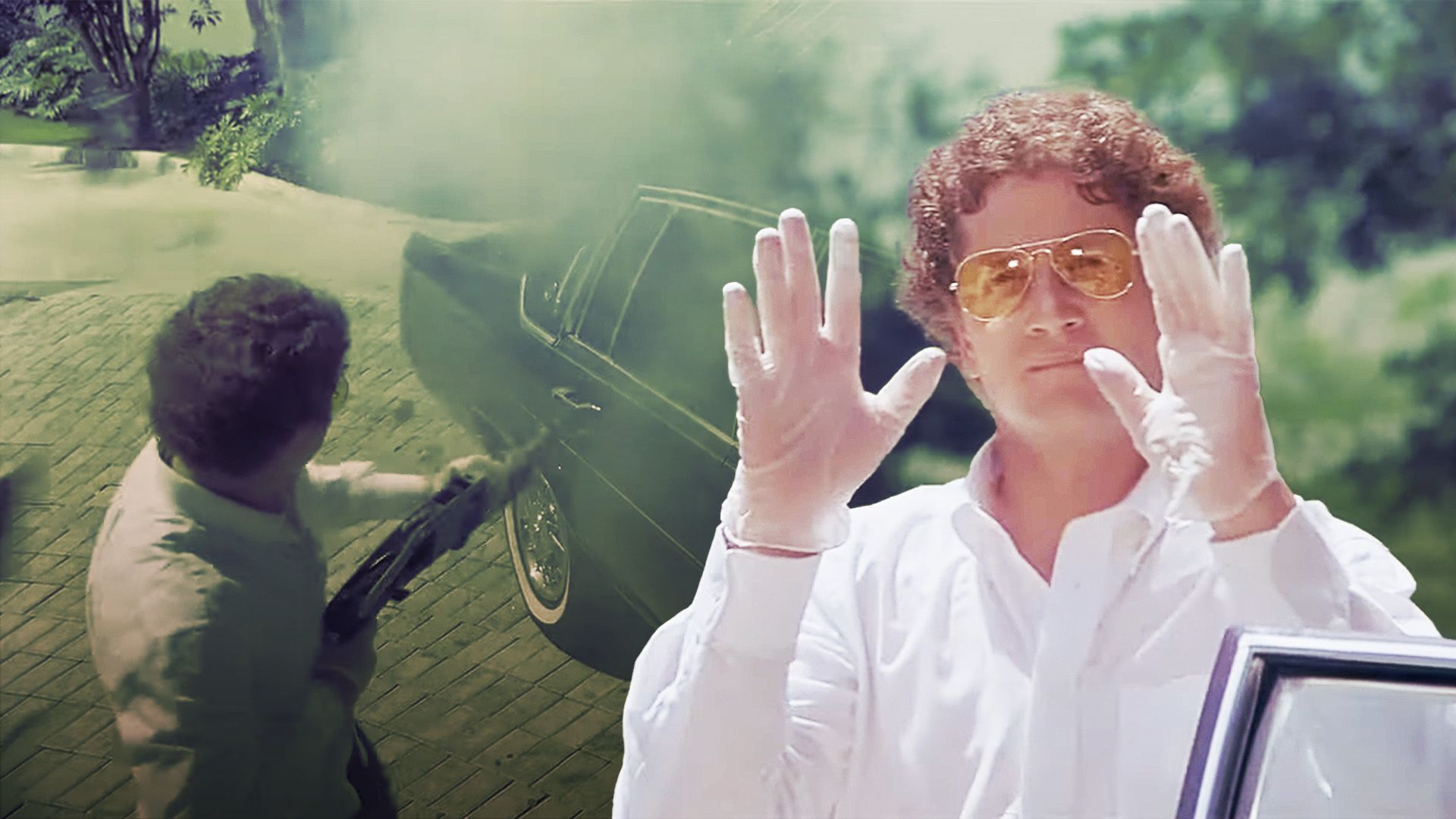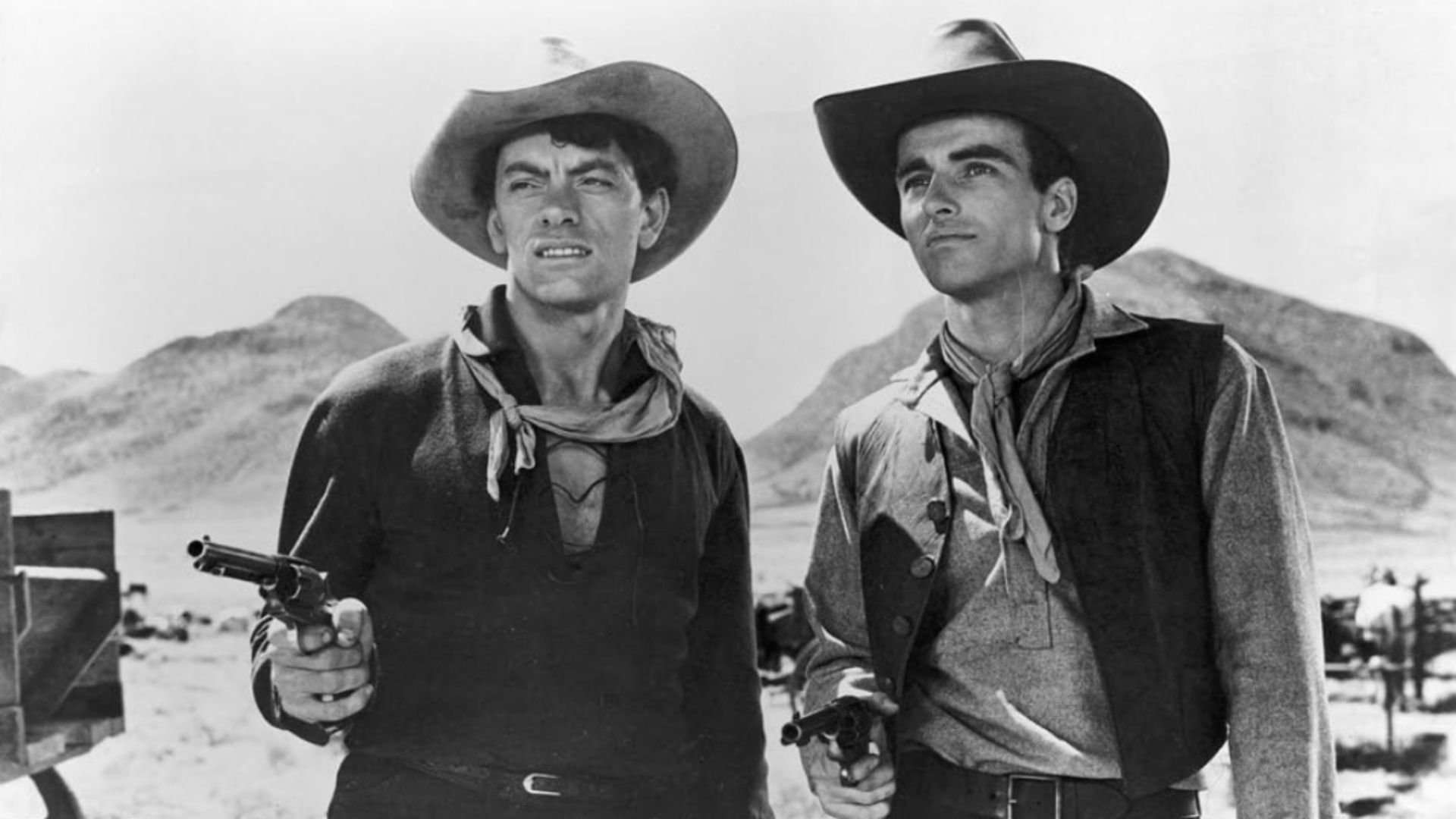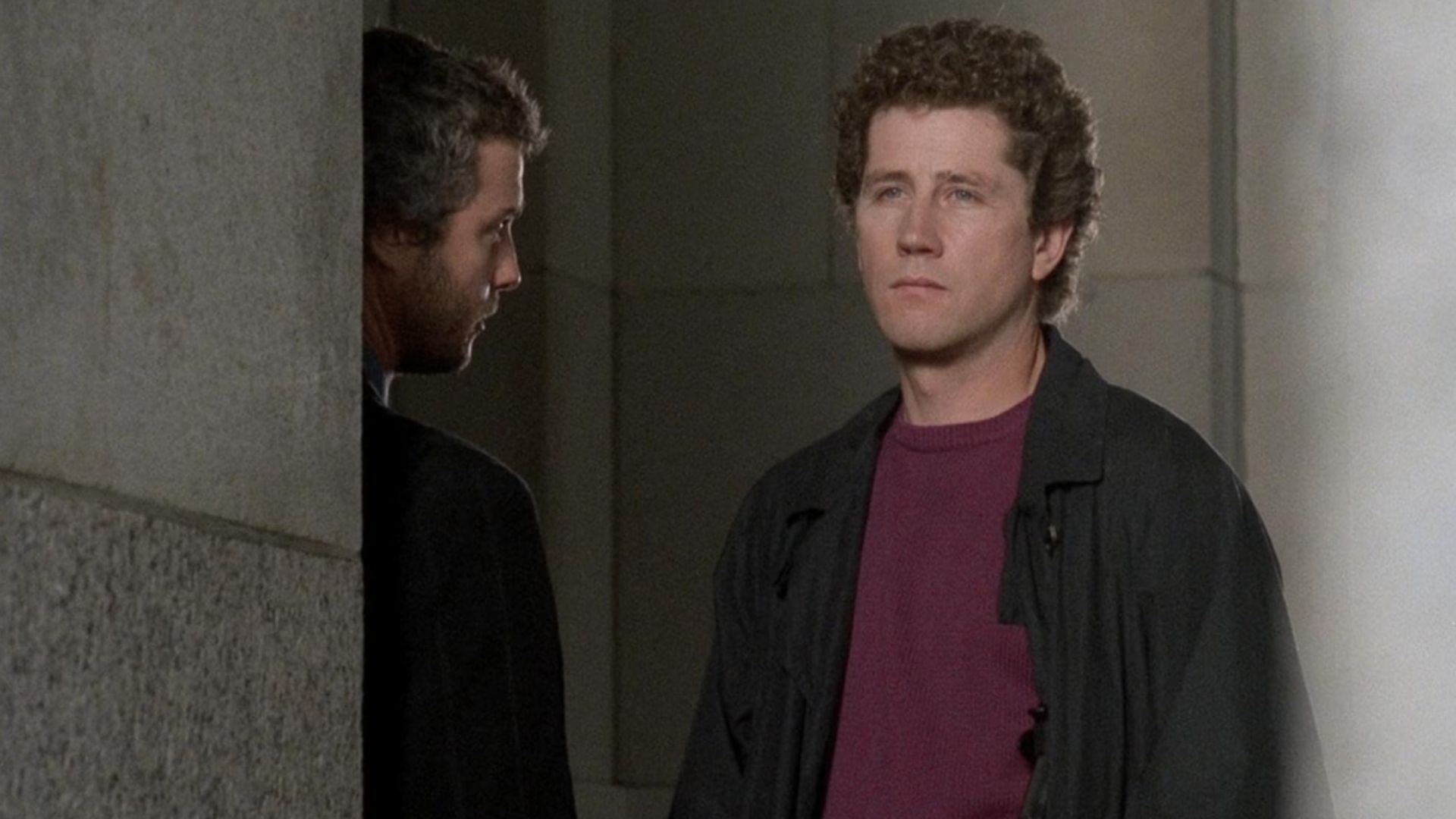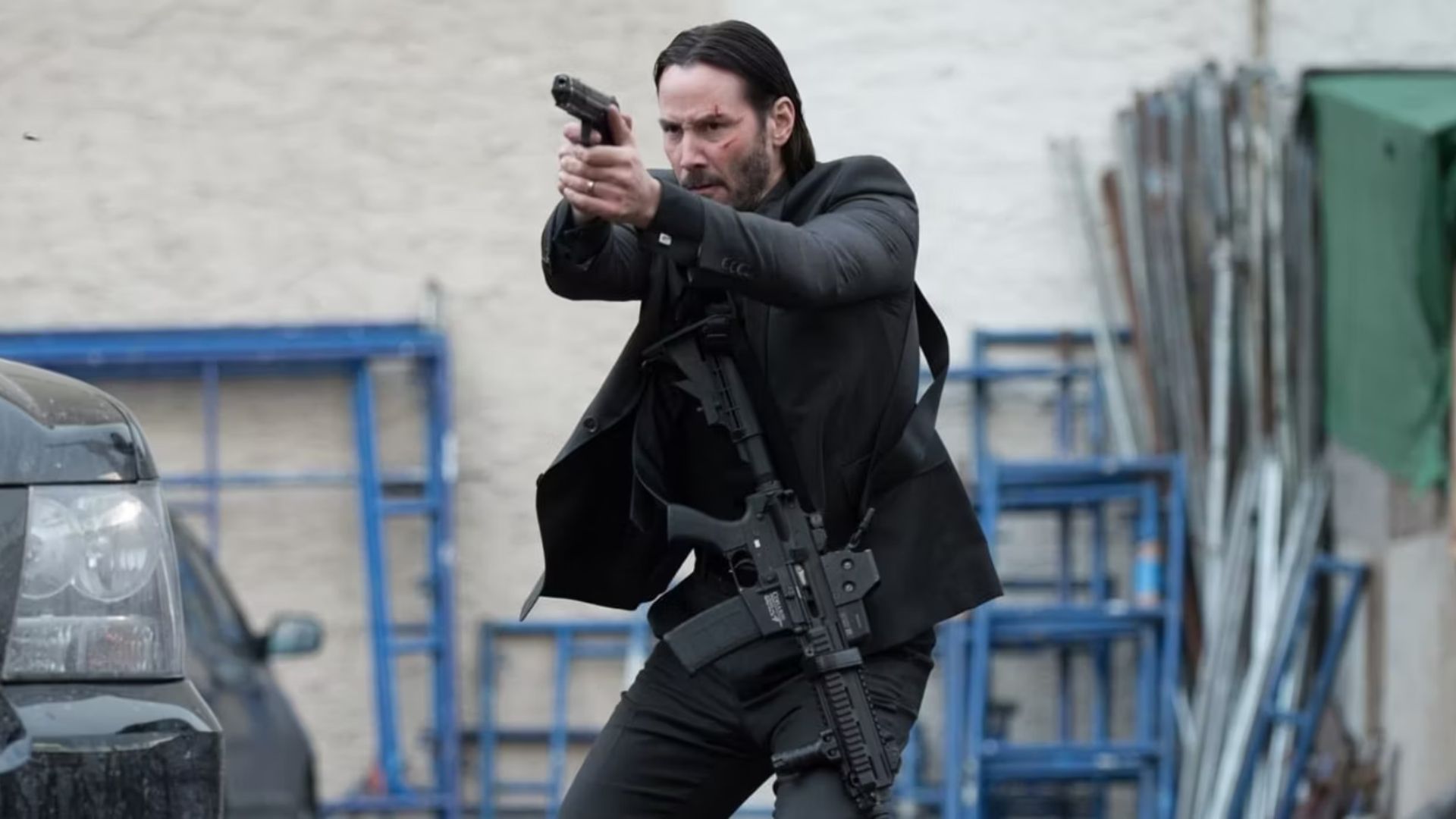Summary
- Modern action films like John Wick revamped the action genre by emphasizing realistic gun use and choreography.
- The earliest change in Hollywood's mindset when it came to guncraft was director/producer Michael Mann, an early advocate for actors training with weapons for film authenticity.
- The rise of firearm trainers in Hollywood today established a new standard for actors in action films, performers are now obligated to display a high level of competence.
The action genre was in a bleak place before John Wick premiered in 2014. With the intense yet grounded gun-and-fist choreography, a decade of shaky cam cinema was finally discarded, and none too soon. However, this movie has gone down in cinema history for another feature, its attention to how firearms operate in reality and their many, many limitations. John Wick wasn't the first, though. Despite the over-saturation of action films for over a century, it took years for directors to realize the dramatic potential in reloads, misfires, and jamming.
Reaching ubiquity today, the idea of training with weapons to prepare for a movie is an idea that didn't really emerge until the '80s and '90s when director Michael Mann forced all his stars to submit to a week-long boot camp to prove themselves on a range before he would trust them in his action flick or TV set. As the legend goes, Val Kilmer's expertise with an assault rifle in the film Heat was so solid from a technical angle, that the US Marine Corps used the snippet as a demo for recruits. This was hardly the first time Mann's perfectionism would be played out for all to see, as we'll soon see.
He came along at precisely the right time. Each era of movie tough guys followed a unique model. The films of the 1990s onward are the antithesis of the classic old-west shootout, but they have more in common than you'd think. By the 2020s, movies like Extraction and Sicario proved the idea wasn't a fluke. The current trend of realism in action films owes much to one particular TV scene featuring a non-actor without a single word of dialogue.
Old-School Spray and Pray
If you've ever watched a black-and-white movie, chances are you've seen hip-fire. Up to the mid-'80s, it was common to see characters like Tony Montana and John Rambo blast through a picture without ever using the iron sights. That's not an accident but the lingering influence of an old cult figure in the law enforcement community.
Delf Bryce was employed by the FBI to help their team of budding crime fighters learn to use their sidearms safely. FBI director J. Edgar Hoover embraced the swagger he brought: Bryce was a gunslinger who had a knack for not needing to use the designed aiming device to hit targets in competition. Earlier iterations of "point shooting" have existed since the cowboy era and are readily identifiable in most of Clint Eastwood and John Wayne's films.
Soon the influence was felt throughout the film world as wiseguys and pretend G-men mimicked Bryce, with far less success than him. From the military and feds, this stance spread to local cops, and then to Hollywood. Through hours of practice and honed muscle memory, a soldier or cop instinctively knew where their gun was going to hit without aiming, or that was the theory. Most cops struggled to master this concept, and it faded into obscurity over time.
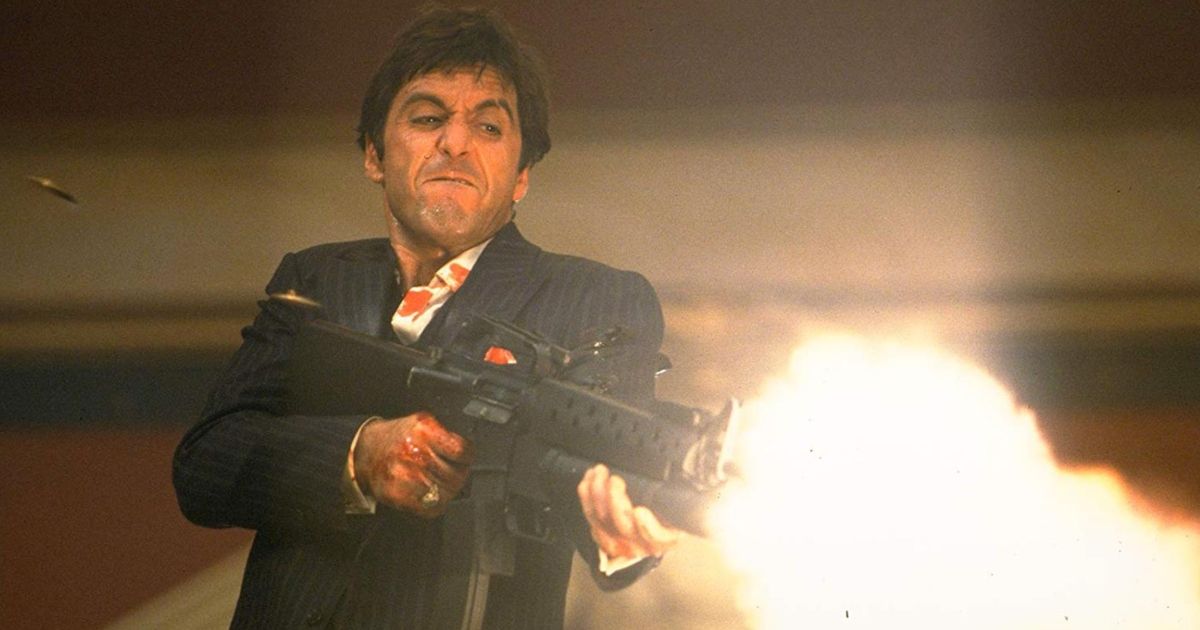
The All-Time Best Shootouts in Movies
From iconic Western face-offs to cops & robbers battles, and even vigilante justice, some of cinema’s best pictures feature thrilling epic shootouts.Leave it to Mickey Rooney of all people to buck the trend when depicting Baby Face Nelson in the 1957 biopic of the same name. Rooney might have looked like a complete amateur back then, and likely was, but he wouldn't look out of place today. Soon a change in philosophy would render noir detectives and smirking anti-hero gangsters passe. This shift in philosophy wouldn't come from a blockbuster movie, but a TV show about guys wearing pastel designer suits.
The Real Life John Wick
The death knell of the Bryce era came in a flashy new cop show called Miami Vice. In an early two-parter episode from the show's first season in 1984 titled "Calderone's Return" a.k.a. "The Hit List," an unknown actor attracted attention for his cartoonishly quick and accurate style of dispatching his victims with a concealed handgun, the camera pausing on the cold-blooded goon making sure to plug his ears with discrete earplugs to prevent going deaf from the impending gunshots.
At first glance, the footage appears to be sped up. No human shoots that fast. But this quick draw was the performer's real specialty, not reciting lines. This guest star stole the episode without so much as a grunt.
Those yellow shades were competition glasses, and the guy donning them was Jim Zubiena. He wasn't an actor. In a resourceful bit of casting, executive producer Michael Mann sought out an actual firearms trainer and trick-shot specialist to play his Argentine gun for hire. Zubiena could do the movement in his sleep and didn't need to practice, but he did need a couple of extra takes when the rubber gloves got snagged on the pistol.
He soon followed up this one-off appearance with a brief acting career, thanks to a friendship with Mann. The glorified cameo by Zubiena snowballed from a simple gig as an instructor for the show, educating Don Johnson and Phillip Michael Thomas in the basic principles of weapon handling so that viewers would accept them as badass undercover police officers. His input was crucial. As he told Shooting USA, Thomas' penchant for shotguns on Miami Vice was the result of Zubiena deciding the actor's pistol form was too sloppy for an elite cop.
In practical shooting, it was all about practice, clean movement, and placement of the shooter's feet as much as the hands, as he told the Orlando Sentinel back in 1986. The idea isn't to look cool on screen but to draw a weapon defensively before a criminal can. Predicting the rise of the gun-fu genre that would dominate screens in 39 years, one practitioner of this style remarked:
“It’s pistol shooting evolving into an American martial art form.”
Fans of these shows and law enforcement loved it, but that was beside the point for Mann. The scene had to look like a professional assassination contract. Anything that came after would look hopelessly antiquated and cornball if it did not adhere to the same level of detail. In the case of Hot Shots or Naked Gun films, point shooting was used to great effect when parodying shootouts in the genre. Suddenly, an outdated technique singled out an actor as comic relief, or worse, a poser.
The Rise of "Tacticool"
A few holdouts aside — Arnold Schwarzenegger and Chow Yun-Fat, most notably — the die was cast. Any actor or actress, Halle Berry earning the title of the best shot among working actresses in Hollywood, worth their salt, now prides themselves in preparing for their role and selling the illusion that they are in fact a deadly assassin, undercover police detective, MI6 agent, or elite special forces member.
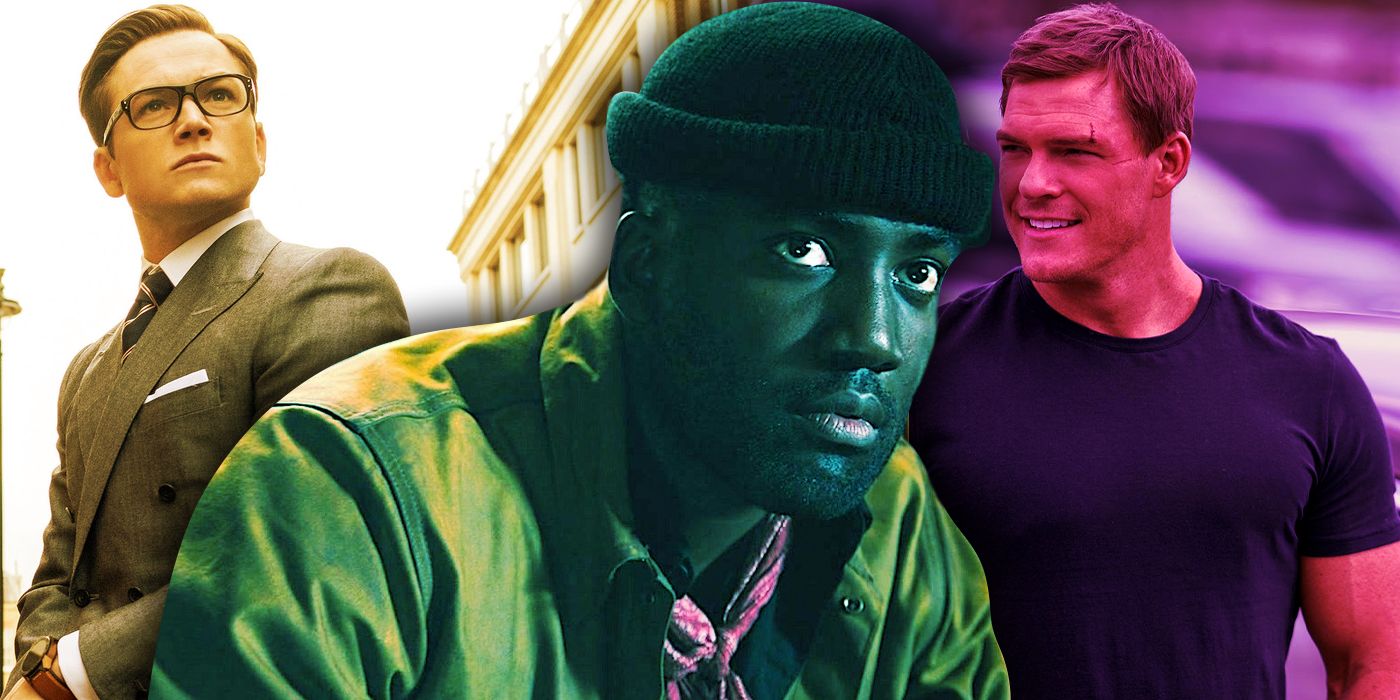
Forget Superheroes, We Were in the Gun Fu Golden Era All Along
Gun fu has been honed precisely as the superhero film stagnated into a predictable blur of super weapons, multiverses, and self-aware quips.The mere inclusion of reloading in protracted gunfights was a revolutionary act. In movies, that awkward reality was traditionally edited around. In an interview with Business Insider, Butler explained the demands that John Wick's director burdened him with when he recruited him to advise and consult on the film's production:
"The director, Chad Stahelski, he wanted everything. He wanted three-gun loading. He wanted all kinds of ways to load the shotgun, all kinds of pistol reloads, transitions ... Everything."
The standards for what we, the audience, expect from our screen heroes and villains have doubled since that episode of Miami Vice. No action film succeeds without believable choreography, and none of those scenes function without the right performers with knowledge of their craft. Much like a martial arts instructor, firearm gurus have become not only fashionable but obligatory for anyone hoping to become the next Tom Cruise or Chris Hemsworth. You don't become a household name in the genre in this day and age without mastering the art of "quad-loading," or "shooting from retention." Lost already? Don't worry, ask a SAG-AFTRA member to explain the terminology to you.

